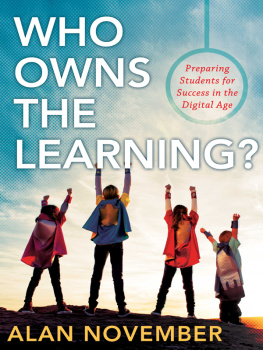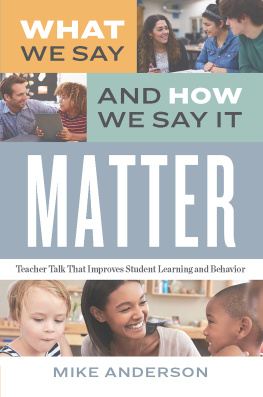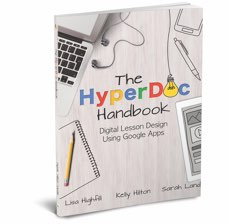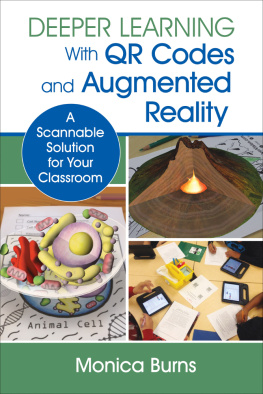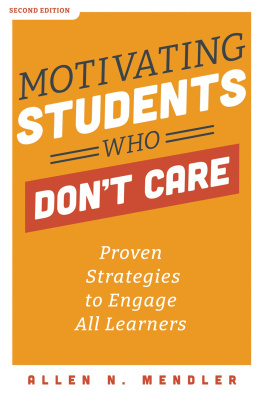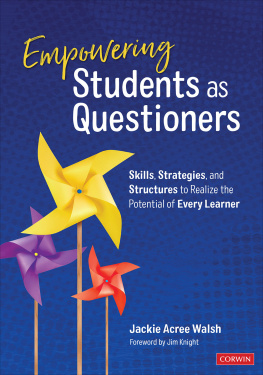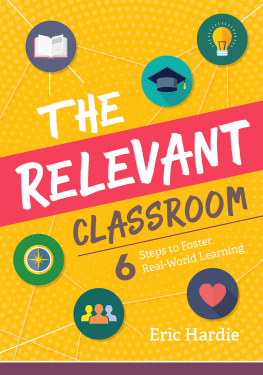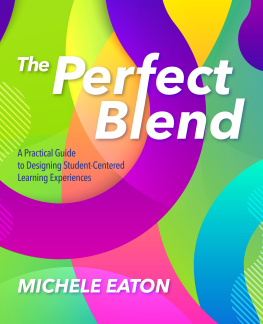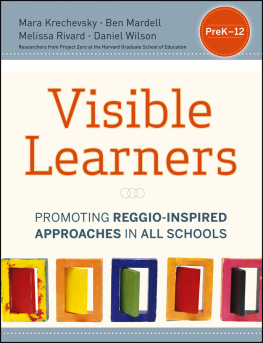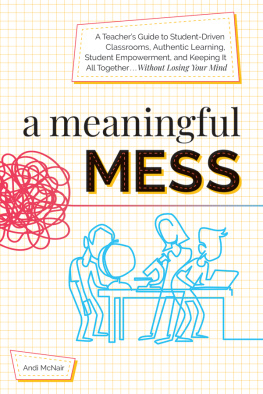About the Author

Alan November, MEd, is recognized internationally as a leader in education technology. He began his career as an oceanography teacher and dorm counselor at an island reform school for boys in Boston Harbor. He has been a director of an alternative high school, computer coordinator, technology consultant, and university lecturer. As a practitioner, a designer, and an author, Alan has guided schools, government organizations, and industry leaders as they plan to improve quality with technology. His writing includes dozens of articles and the best-selling books Empowering Students With Technology and Web Literacy for Educators. Alan was cofounder of the Stanford Institute for Educational Leadership Through Technology and is most proud of being selected as one of the original five national Christa McAuliffe Educators. He has worked with educators in all fifty states, Europe, Canada, Australia, Central America, and Africa. Every summer he hosts the Building Learning Communities conference (an event devoted to the concept of connecting and empowering children to lead more of their own learning and to contribute to the learning community).

Teaching the iGeneration
William M. Ferriter and Adam Garry
Find the natural overlap between the work you already believe in and the digital tools that define tomorrow's learning. Each chapter introduces an enduring life skill and a digital solution to enhance traditional skill-based instructional practices. A collection of handouts and supporting materials ends each chapter.
BKF393

Creating a Digital-Rich Classroom
Meg Ormiston
Design and deliver standards-based lessons in which technology plays an integral role. This book provides a research base and practical strategies for using web 2.0 tools to create engaging lessons that transform and enrich content.
BKF385

21st Century Readiness for Every Student
Ken Kay
The term 21st century education is used to describe myriad trends. In this keynote, Ken argues that for the term to have meaning, 21st century education must be rooted in knowledge and skills that ensure readiness for every student.
DVF056

Bringing Innovation to School
Suzie Boss
Activate your students' creativity and problem-solving potential with breakthrough learning projects. Across all grades and content areas, student-driven, collaborative projects will teach students how to generate innovative ideas and then put them into action.
BKF546
Solution Tree Press

Visit solution-tree.com or call 800.733.6786 to order.
1
Welcome to the Digital Learning Farm
My own experience with students making a contribution to community began in the winter of 1976 when I was a high school science teacher in the Boston Public School system. I leased an abandoned barbershop for a dollar; the shop was on Dudley Street, in a row of storefronts tucked below an overhead subway station. The city was going to relocate the station, and all of the buildings below it were scheduled for eventual demolition. In the meantime, the city of Boston auctioned them off for temporary use. My one-dollar bid for the barbershop was a winner!
I had been inspired to bid on the barbershop by an odd twist of fate, a medical emergency that brought together my roommate (a medical student) and one of my own students, a sixteen-year-old boy. My student had been taken by ambulance to the hospital where my roommate was a resident. The boy had no medical records and had not seen a doctor in years. My roommate was frustrated that the boy's family had failed to take advantage of the free medical care available in clinics across the city. He urged me, Please teach your students how to access Boston's free clinics. This kid could have avoided his crisis completely if he had walked into a clinic weeks earlier and been treated before his ailment became serious.
When I read about the Dudley Street subway auction in the paper, I imagined the barbershop as the perfect headquarters for a community health information center. Location, location, location! Along with thousands of other Boston commuters, I passed that space every day as I got off the Orange Line subway and walked the few blocks to Roxbury High School. It was where many of my students hung out in the morning and after school. I knew the intimate scale of the barbershop with the original leather chairs and marble sinks would make a wonderful space for a health information center. But would my students get as excited as I was about converting it to a community resource? Excited enough to volunteer their work? I soon found out.
Immediately, students signed up to paint the outside of the barbershop. We chose a hideous lime green so it would stand out. The students scoured the local neighborhoods, gathering brochures about medical services. They cleaned the place up and organized brochures along the counter next to the barber chairs. Students who never did their homework and often skipped school showed up for their volunteer work. Unlike my classroom experiences, many of my students worked harder than I did in our health information center. The time they spent there was fun and productive. No grades, no assessment; just honest work to make a difference in the community.
The barbershop was a magical place where I learned as much as my students. Perhaps my most valuable lesson came from seeing the transforming power of authentic work for students who were traditionally unsuccessful in school. I realized that many students work harder to achieve a meaningful purpose than to earn a grade. I also realized that by giving students an opportunity to make a contribution, you can see them in wonderful new wayshow helpful they are, and how kind, considerate, and attentive they can be.
Not too many generations ago, young people were expected to engage in work with purposecaring for farm animals, repairing equipment, selling food at local markets, and helping to care for younger children in the family. These responsibilities taught children the value of hard work and a strong sense of accomplishment.
Over time, mechanization eliminated much of the need for child labor. Gaining an education became the primary responsibility of most young people; they were not expected to be productive members of society until they entered the workforce as educated adults. Today, we rarely expect young people to be contributors. Few young people have opportunities to pursue work that has a purpose. I think that is a terrible loss for our society as a whole, but I also think it doesn't have to be that way.
Just as mechanization reduced our dependence on child labor, advancing technologies have brought us full circle in the potential for purposeful work among school-age children. Social media, mobile devices, and other information and communication tools enable students to make contributions to their classrooms and their communities and to extend the benefits of those contributions across the globe. As educators, parents, and leaders, it is our responsibility to give students the opportunities to put these capabilities to work.

